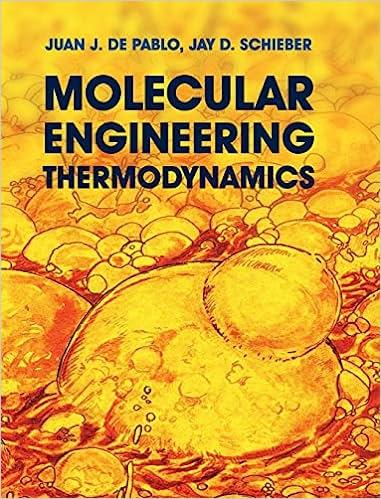Question
1. A stent is a cylindrical piece of expandable metal mesh for insertion into an atherosclerotic artery. The stent keeps the artery from recoiling and
1. A stent is a cylindrical piece of expandable metal mesh for insertion into an atherosclerotic artery. The stent keeps the artery from recoiling and partially collapsing after intraluminal dilatation. Assume the blood flow in a coronary artery behaves as real fluid where the velocity profile is described by the equation below. Hint: You will need to recall form your calculus how to find the average of a continuous function.
a. If the effective diameter of a coronary artery is 1.43 mm before dilatation and 2.89 mm after the stent has been inserted and the blood flow increases from 177 mL/min to 288 mL/min, what is the change in the average velocity? (m/s) What is the change in the maximum velocity? (m/s)? (5 pts)
b. In order to condition a tissue engineered vascular graft prior to transplantation, the graft must be subjected to luminal flow using tissue culture medium. In normal blood vessels, the shear stress at the wall is about 10 dynes/cm2. Assuming the tissue culture medium behaves as a real fluid with the velocity profile described by the equation above, what is the volumetric flow rate that must be used to condition a 2 mm internal diameter vascular graft? (5 points)
2. Blood from a supine patient flowing through the internal carotid artery is measured to be 42.6 cm/s. The base of the artery measures 4.85 mm and the blood pressure at this point is 92.56 mmHg. There is an aneurysm in the vessel with a diameter measuring 16.1 mm. The density of the patients whole blood was determined to be 1.04 x 103 kg/m3. Assuming steady-state, inviscid flow (in large diameter vessels) and no hydrostatic effects, determine the following: (10 pts)
a. Given the questions below (b-d), state the fluid flow assumptions that you will use to obtain a straight forward analytical equation to model the fluid flow in this system.
b. Make a sketch/diagram of the model system and label it according to the system parameters.
c. What is the average velocity (cm/s) of blood flow in the aneurism region? d. What is the blood pressure (kPa) in the aneurism?
Step by Step Solution
There are 3 Steps involved in it
Step: 1

Get Instant Access to Expert-Tailored Solutions
See step-by-step solutions with expert insights and AI powered tools for academic success
Step: 2

Step: 3

Ace Your Homework with AI
Get the answers you need in no time with our AI-driven, step-by-step assistance
Get Started


